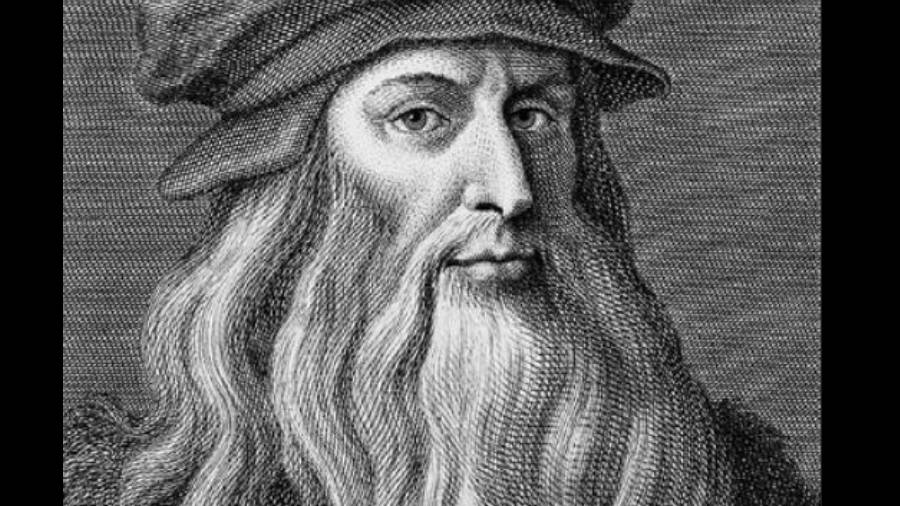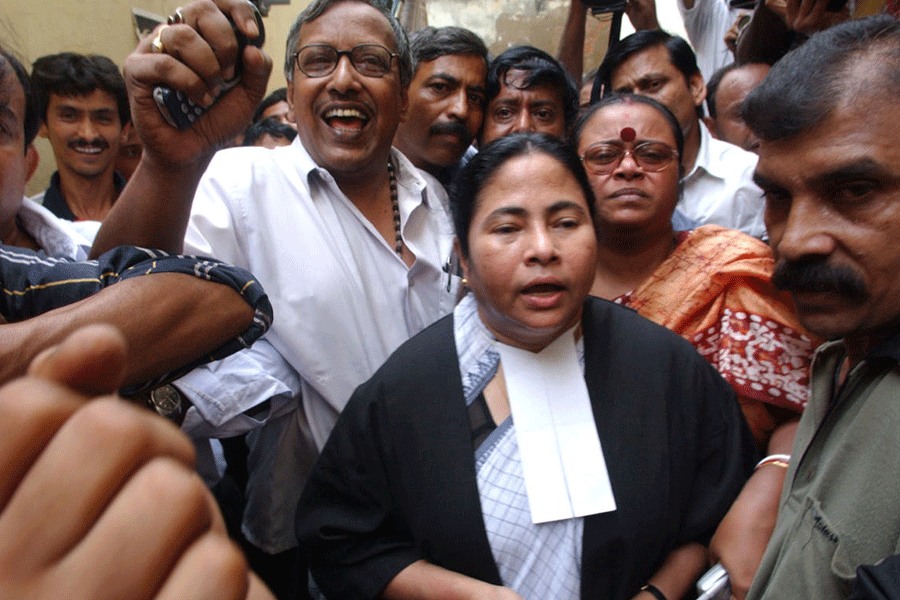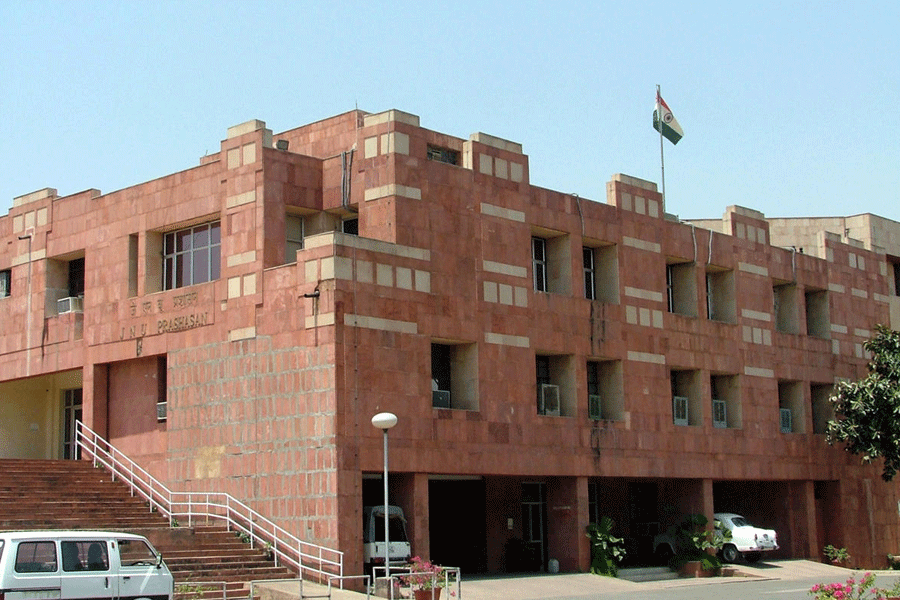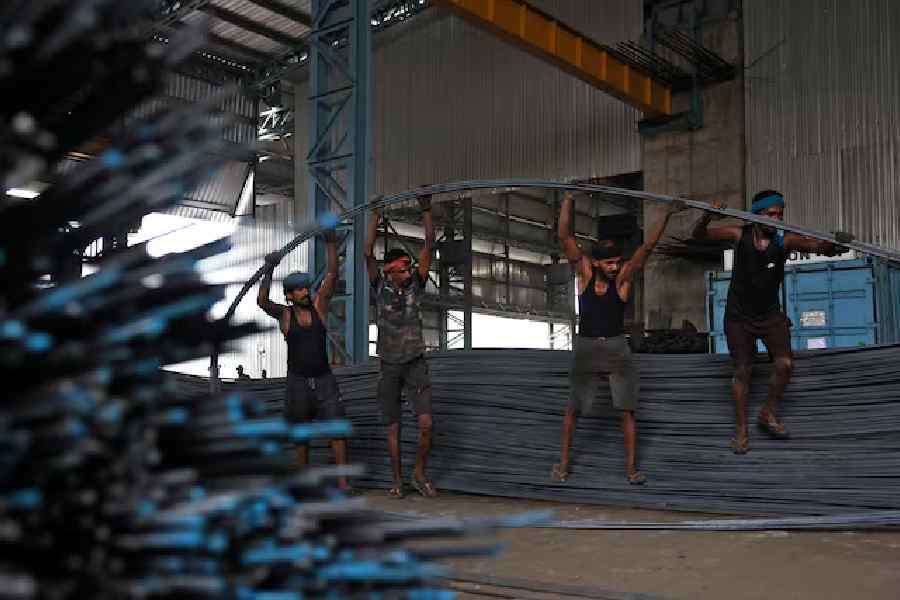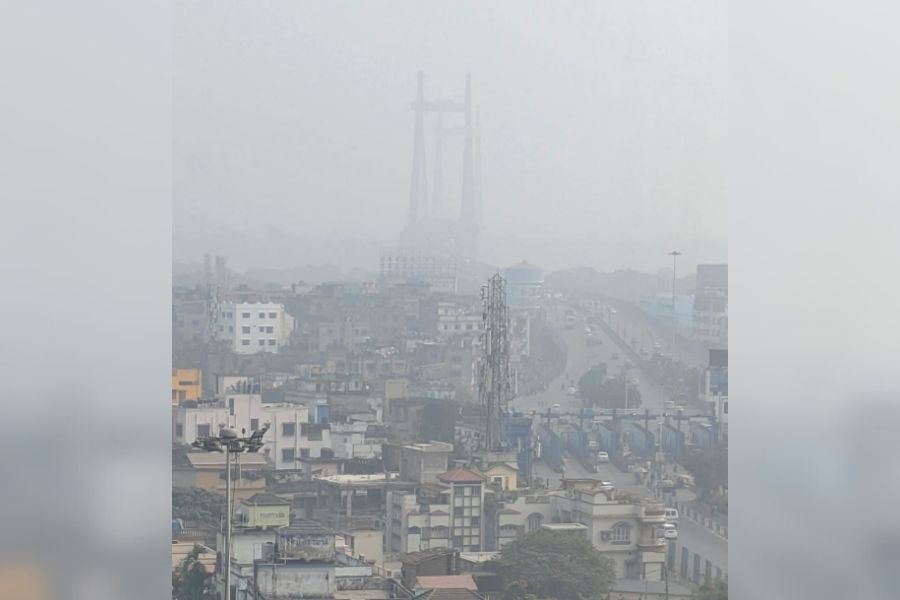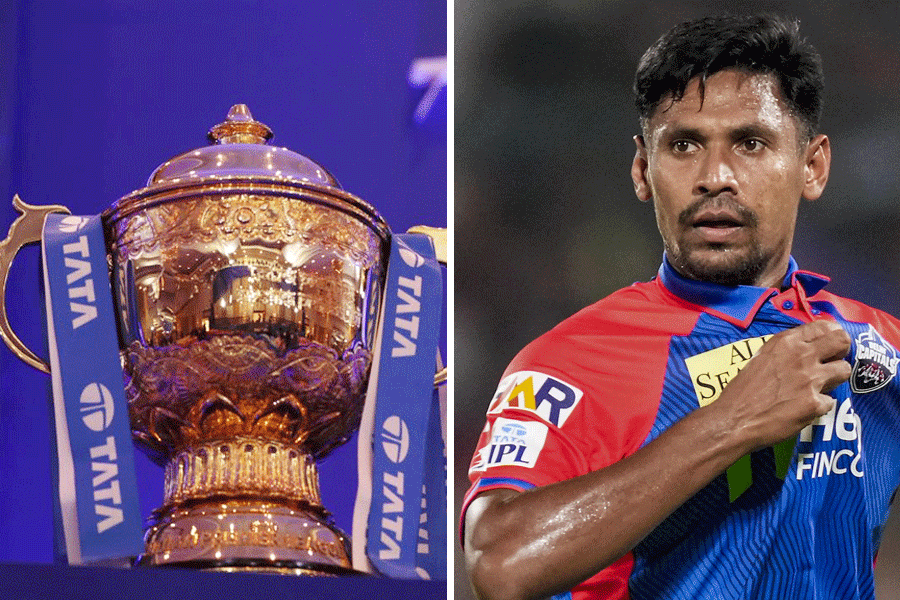It’s a mystery that has intrigued and confounded scholars for centuries: Who, exactly, was Leonardo da Vinci’s mother?
A few facts are known. Her name was Caterina, and sometime in 1451, she had a relationship with the notary Piero da Vinci, giving birth on April 15, 1452, to a son who was born out of wedlock and baptised Leonardo. A memorial tablet, with a record of the artist’s birth, is in the Church of Santa Croce in the town of Vinci, about 48km from Florence, Italy, where the baptism most likely took place.
Over the years, researchers have speculated that the artist’s mother might have been a local peasant, an orphaned teenager of humble birth or a woman of Jewish or Chinese origins.
On Tuesday, another theory that is likely to fuel the academic debate was made public in Florence at a preview of a new historical novel. Its author, the historian Carlo Vecce, believes that Leonardo’s mother was kidnapped and enslaved as a girl in the mountainous Caucasus area of Central Asia.
The novel, Il Sorriso di Caterina, or “Caterina’s Smile”, has at its scholarly core a newly found document that Prof. Vecce uncovered in the State Archives of Florence, handwritten by Leonardo’s father. For the book, Prof. Vecce, who teaches at the Orientale University in Naples, merged fact and fiction to spin a tumultuous tale that takes the reader with Caterina as she makes her way to Florence, and later Vinci, via the Sea of Azov, Constantinople (modern-day Istanbul) and Venice. It ends with her death in Milan, where she has joined her son, who is working at the local court.
“I would define it as a docu-fiction. It takes an oxymoron to explain this book because it is a combination of two traditionally distinct genres,” said Paolo Galluzzi, a Leonardo expert and former director of the Galileo Museum in Florence. He said that the book, which will be released Wednesday, gave identities, faces and passion to characters, elements that are absent from scholarly accounts. But the research was sound, he said.
The documentation gathered by Prof. Vecce made a convincing case, Galluzzi said, even if “it’s a hypothesis” destined “to spur debate.” The document Prof. Vecce found dates to the fall of 1452, some six months after the birth of Leonardo. It records the emancipation of an enslaved Circassian woman named Caterina by her owner. Evidence that the document refers specifically to Leonardo’s mother is bolstered, Prof. Vecce said Tuesday at the news conference, by other papers that trace a chain of ownership and familiarity with Caterina, all linked to Leonardo’s father.
Eventually, Leonardo’s father married a young Florentine woman, and the year after Leonardo was born, Piero da Vinci arranged a marriage between Caterina and a farmer and kiln worker who lived on the outskirts of Vinci. Caterina went on to have four daughters and another son. It could be said that Leonardo’s birth worked out in his — and the world’s — favour. The author Walter Isaacson opens his 2017 biography of the artist by noting: “Leonardo da Vinci had the good luck to be born out of wedlock. Otherwise, he would have been expected to become a notary, like the first-born legitimate sons in his family stretching back at least five generations.”
Prof. Vecce said that he decided on a literary approach to broadcasting his find because he hoped to reach a wider audience, though he mentioned in a telephone interview last week that a scholarly article was in the works. He also said that he was moved by Caterina’s story, which he said reflected the suffering of many modern-day refugees. “I felt the urgency of telling the story in a different way,” he said on Tuesday.
His theory is only the latest in Caterina’s life before Leonardo. The researcher Angelo Paratico said he found himself in the media spotlight after he publicly posited in 2014 that Leonardo’s mother was an enslaved Chinese woman. “I’d said that if it was true, as Sigmund Freud once wrote, that Leonardo had modelled the Mona Lisa after his mother, then the Mona Lisa was Chinese,” he recalled in a telephone interview. “You can imagine how people reacted,” he laughed.
Paratico’s theory, he said, was grounded in a previous study by Renzo Cianchi, the first librarian of the Leonardo Library in Vinci who hypothesised years ago that Caterina was an enslaved woman who lived in the house of Vanni di Niccolo di Ser Vann, a wealthy friend of Leonardo’s father. Alessandro Vezzosi, a Leonardo scholar and the director of Leonardo da Vinci Heritage, an association that has identified the artist’s descendants, said a soon-to-bepublished book about Leonardo’s genealogy would again propose the notion that Leonardo’s mother was the Caterina owned by Vanni.
“We are convinced the documents to lead to that Caterina,” he said. But he was curious to read Prof. Vecce’s book, saying they would compare notes. Prof. Vecce said on Tuesday that the earlier research by Cianchi and Vezzosi had “guided” his work, even if he didn’t agree on Caterina’s identity. Before Italy was unified in the 19th century, slavery was commonplace, though in Italy it remains a field where more research is required, said Giulia Bonazza, a Prof. at the University of Venice who has written about the topic. Trafficking in humans from Central Asia had started by the 13th century and was carried out primarily by Genoese and Venetian merchants. Most of the victims were women and non-Christians. Their children were not legally considered enslaved.
Once they arrived in Europe, they were baptised and given Christian names, often Maria or Caterina, and sold as servants to well-to-do families. “But even if there were families who owned enslaved persons, it wasn’t the standard,” said Sergio Tognetti, a professor of medieval history at the University of Cagliari who has written about slavery. Some were eventually freed by their owners, usually as part of a will. A few years ago, Martin Kemp, a Leonardo expert, published a book with an Italian researcher that identified Leonardo’s mother as a local teenage orphan, but he said that the theory of her captivity was also “a conceivable model.”
In an interview, he said that he thought that people were fascinated by the question of Leonardo’s mother because even though the artist had written “thousands and thousands of pages” on a wide array of subjects, his personality remained something of an enigma. But, then again, did knowing who Caterina was “really matter?” he asked. “In terms of understanding his art, his science, his engineering, the question is, So what?”
New York Times News Service

